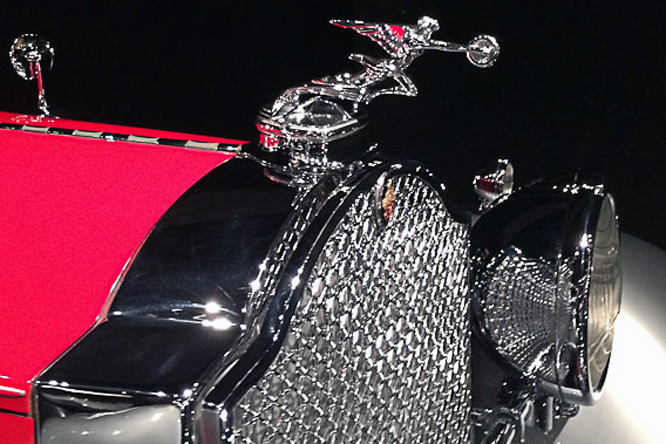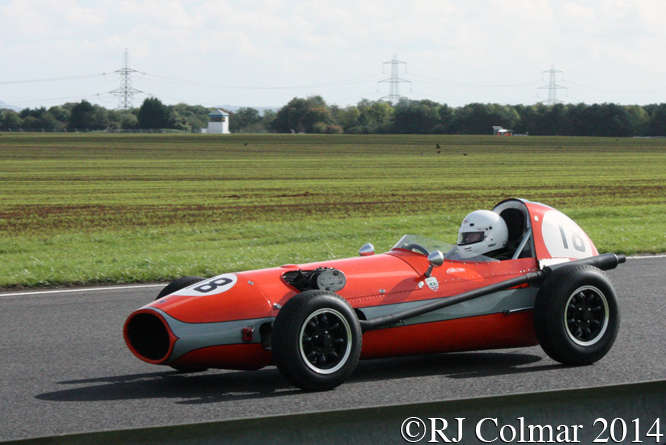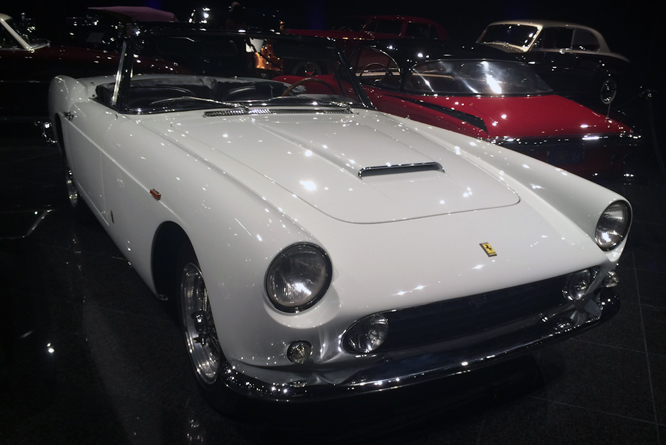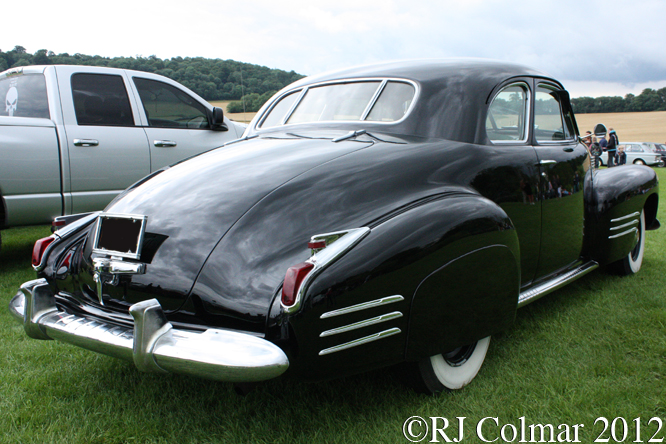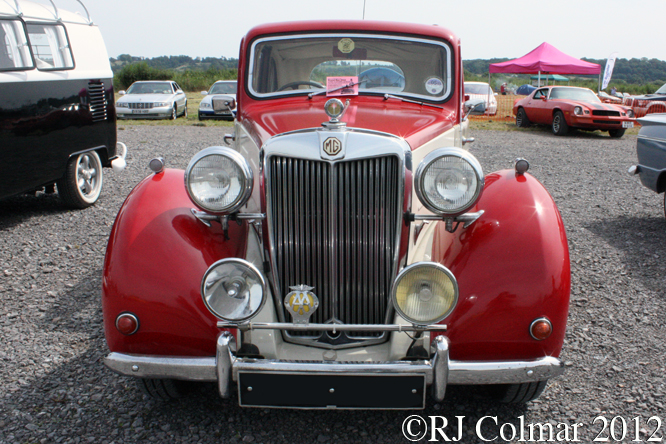In 1932 Packard reintroduced V12 motors to power it’s top of the range products which like it’s V12 powered products sold up until 1923 were marketed as Twin Sixes.

In 1933 the Packard marketing department opted for the simplified “Twelve” designation for it’s 160 hp 445 cui / 7,456 cc V12 powered models the Tenth Series 1005 and 1006.

The 1005 was built on a chassis with a 142 inch wheelbase and the 1006 on a chassis with a 147 inch wheelbase.
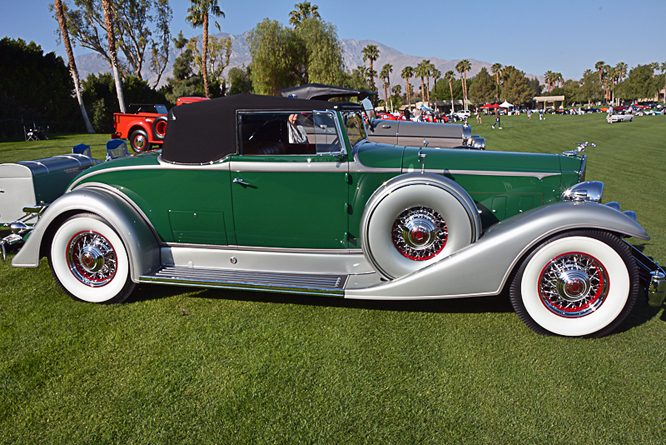
New for 1933 were twin plane or V shaped in plan radiator cowls with colour coded shells to match the rest of the body, which on the shorter 1005 chassis was available in 10 different styles.

Also new for ’33 were the thermostatic shutters in the side bonnet / hood panels which helped keep the engine running at optimum temperatures.

The Tenth Series bodies were marketed with new controlled body ventilation to minimise unpleasant drafts within.

In all 244 Tenth Series were sold in 1933 of which 50 are believed to have been Convertible Roadster’s of which 16 are believed to have survived.
Eight weeks after a complete restoration of today’s featured Twelve was completed by Nick’s Old Car Specialties in Redlands, California it won a Best of Show at the Marin Sonoma Concours in the summer of 2013 and followed that a couple of weeks later with Automotive Best of Show honors at Dana Point, picking up a third Best in Show at the 7th Annual Desert Classic Concours d’Elegance in February 2014.
My thanks once again to Geoffrey Horton for sharing today’s photograph’s taken at the 7th Annual Desert Classic Concours d’Elegance, Palm Springs in February 2014.
Thanks for joining me on this “Thermostatic Shutters And Controlled Body Ventilation” edition of “Gettin’ a li’l psycho on tyres” I hope you will join me again for FIAT Friday tomorrow. Don’t forget to come back now !


